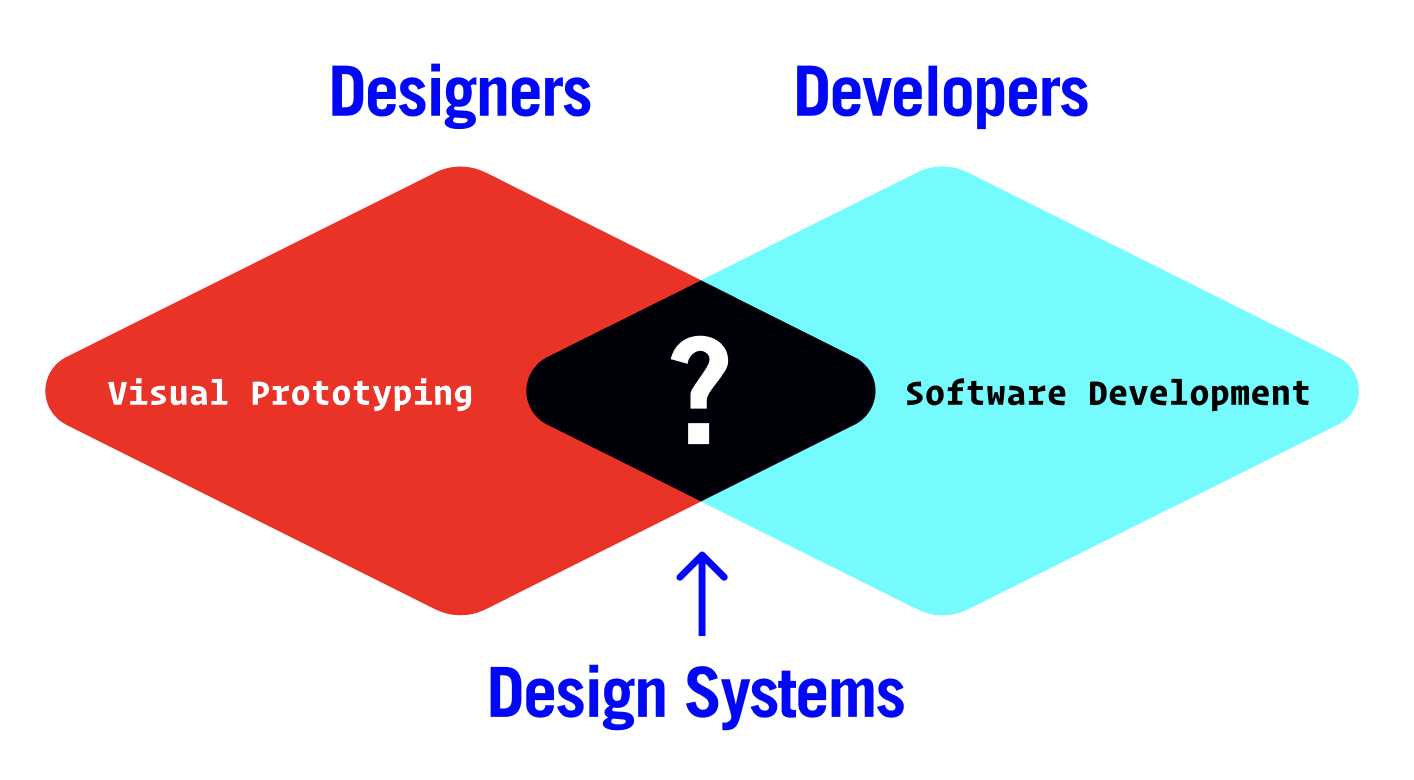Day 24: Is this enough?
We’re more than 3 weeks into this practical build series, so let’s review what we’ve covered so far:
- I did an interface inventory of several Bank of America’s websites, and found some common patterns.
- I selected one pattern I saw being used across multiple sites, created a standardized version of it, and turned it into a component.
- I auditioned the new component in screenshots to see if it worked.
- I created 3 React sites to use as demo digital products.
- I successfully pulled in an existing design system and tried out one of their components.
- I planned out my new component, built and styled it in React, and published it to npm as a separate component library.
- I pulled that into multiple sites and pushed out updates that showed up on both sites.
Bullets 1-3 are tasks that designers typically handle. Bullets 4-7 are tasks that engineers typically handle. Throw in some user research and dev ops, and for many organizations, this is their digital production pipeline.
Do you see the gap? We’re missing connectivity between the two.

If Research Jesse provides some insights to Designer Jesse who decides that something needs to change, how does that change get into the actual software? Usually by Designer Jesse writing up tickets in his favorite project management tool and handing it off to Developer Jesse.
Again… this is how many orgs function, and it isn’t bad.
But with some really thoughtfully structured design systems, we can reduce the friction between design decisions and software development.
In the real world, a well-structured Figma component and centralized component library is probably good enough for my little Utility Nav. But the goal of this series has been to explore practically the connective tissue between visual prototyping and software development.
Over the next two weeks, I’m going to tackle two important topics: Storybook and design tokens.
Thanks for sticking around… your support means a lot!
If you’ve got any specific questions you’d like me to tackle as we go through this, let me know.
—
P.S. If you’ve just joined the list, I’m in the middle of a practical design system build. You can catch up at the beginning of the series here.
—
Cheers,

Up Next: Day 25: Marketing your design system
Design Systems Daily
Sign up to get daily bite-sized insights in your inbox about design systems, product design, and team-building:
New to design systems?
Start with my free 30-day email course →